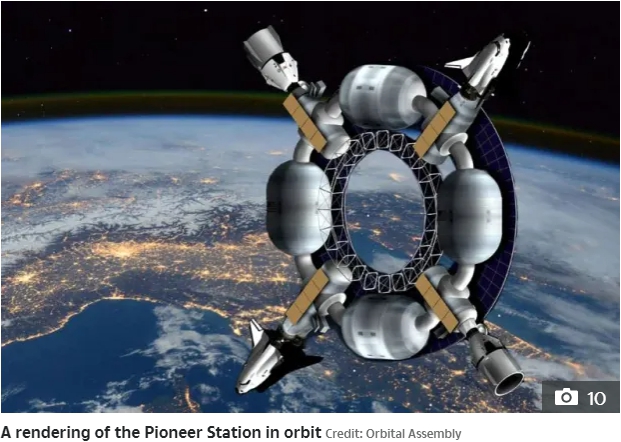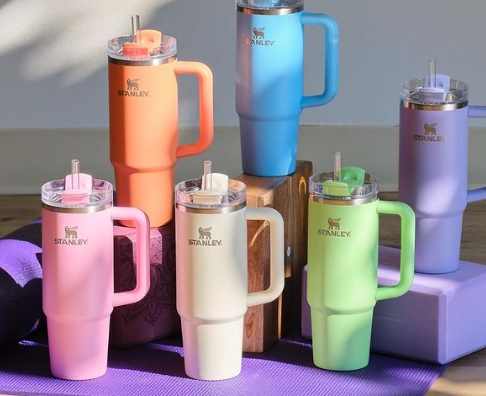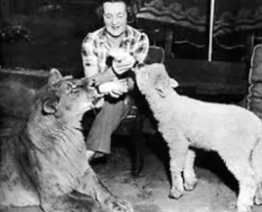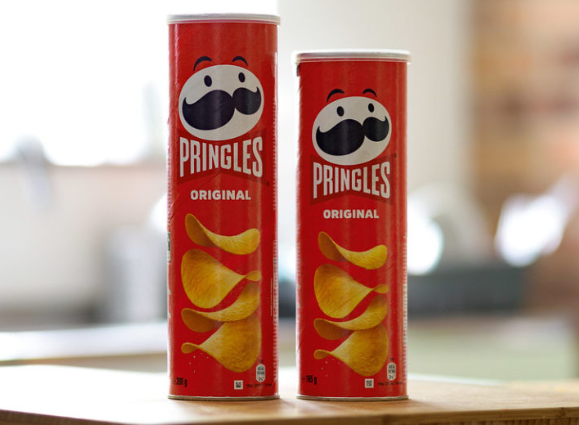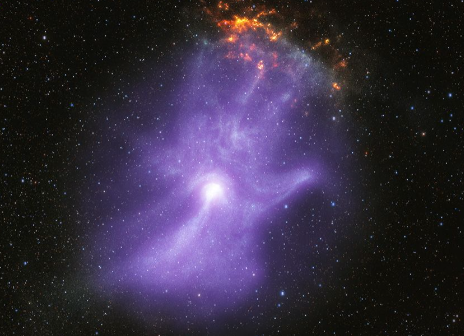혹등고래 밥먹는 기술
Humpback whales catch fish using bubbles and flippers
혹등고래는 거품과 지느러미를 사용하여 물고기를 잡습니다

Named after the distinctive hump in front of their small dorsal fin, humpback whales often feed in large groups and are famous for their singing ability. Found in oceans and seas around the world, humpback whales typically migrate up to 16,000 km (9,900 mi) each year. They feed in polar waters and migrate to tropical or subtropical waters to breed and give birth.
작은 등지느러미 앞의 있는 독특한 혹을 따서 이름이 붙여진 혹등고래는 종종 큰 무리를 지어 먹이를 먹고 노래하는 능력으로 유명합니다.
전 세계의 바다에서 발견되는 혹등고래는 일반적으로 매년 최대 16,000km(9,900마일)를 이동합니다 . 그들은 극지방의 바다에서 먹이를 먹고 번식과 출산을 위해 열대 또는 아열대 바다로 이동합니다.
Humpbacks are mainly black or grey with white undersides to their flukes, flippers and bellies. They are 15m long. One of the most noticeable characteristics of humpback whales is their long flippers.
혹등고래는 주로 검은색 또는 회색이며 꼬리, 지느러미, 배는 흰색입니다. 길이는 15m입니다. 혹등고래의 가장 눈에 띄는 특징 중 하나는 긴 지느러미입니다.
Male humpback whales produce complex songs during the winter breeding season. These vocals range in frequency between 100 Hz to 4 Hz, with harmonics reaching up to 24 kHz or more, and can travel at least 10 km (6.2 mi). Males may sing for between 4 and 33 minutes, depending on the region. In Hawaii, humpback whales have been recorded vocalizing for as long as 7 hours
수컷 혹등고래는 겨울철 번식기에 복잡한 노래를 만들어 냅니다. 이 러한 보컬의 주파수 범위는 100Hz ~ 4Hz이며 고조파는 최대 24kHz 이상에 도달하며 최소 10km(6.2마일)를 이동할 수 있습니다. 수컷은 지역에 따라 4~33분 동안 노래를 부를 수 있습니다. 하와이에서는 혹등고래가 무려 7시간 동안 소리를 내는것이 기록되었습니다.
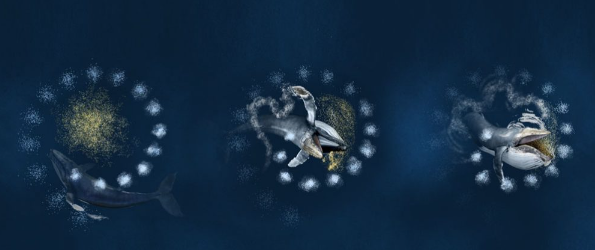
Humpback whales need to eat a lot every day.
혹등고래는 매일 많이 먹어야 합니다.
Humpbacks are baleen whales, which means they filter their food through baleen plates. They strain krill, anchovies, cod, sardines, mackerel, capelin, and other schooling fish from the waters. Some humpbacks have been observed creating "bubble nets" to catch their prey. The whales dive deep then swim up in a spiral pattern, while releasing a steady stream of bubbles from their blow holes. As the bubbles rise they form a "net" that surrounds the whales' prey. The whales swim up through the centre of the bubble net and feed on the prey trapped inside.
혹등고래는 수염고래로 수염판을 통해 음식을 걸러냅니다. 그들은 물에서 크릴새우, 멸치, 대구, 정어리, 고등어, 작은물고기 및 무리를 짓는 물고기들을 걸러냅니다. 일부 혹등고래는 먹이를 잡기 위해 "거품 그물"을 만드는 것이 관찰되었습니다. 고래는 깊숙이 잠수한 다음 나선형 패턴으로 위로 헤엄치면서 꾸준히 거품을 내뿜습니다. 거품이 올라오면서 고래의 먹이를 둘러싸는 "그물"을 형성합니다. 고래는 거품 그물의 중앙을 헤엄쳐 올라와 안에 갇힌 먹이를 잡아먹습니다.
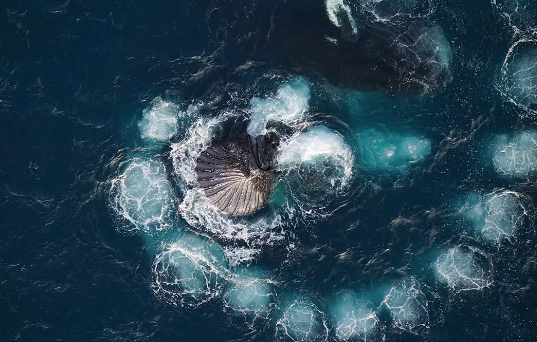
Humpbacks (Megaptera novaeangliae) often feed by lunging with their mouths open to catch any fish in their path. Sometimes, the whales will first swim upward in a spiral and blow bubbles underwater. This creates a circular “net” of bubbles that makes it harder for fish to escape.
혹등고래( Megaptera novaeangliae )는 종종 길에 있는 물고기를 잡기 위해 입을 벌리고 돌진하여 먹이를 먹습니다. 때때로 고래는 먼저 나선형으로 위쪽으로 헤엄치고 물속에서 거품을 날립니다. 이것은 물고기가 탈출하는것을 어렵게 만드는 거품 원형 "그물"을 만듭니다.
Scientists had known this net makes it hard for fish to escape.
과학자들은 이 그물이 물고기가 탈출하기 어렵게 만든다는 것을 알고 있었습니다
The team noticed that two whales used the fins on each side of their bodies to herd fish inside the bubble nets. This hunting tactic is called pectoral herding. But the whales had their own way of herding fish.
연구팀은 두 마리의 고래가 몸 양쪽에 있는 지느러미를 사용하여 거품 그물 안에 물고기를 모으는 것을 발견했습니다 . 이 사냥 전술을 가슴 몰이라고합니다. 그러나 고래들은 그들만의 방식으로 물고기를 몰고 다녔습니다.

